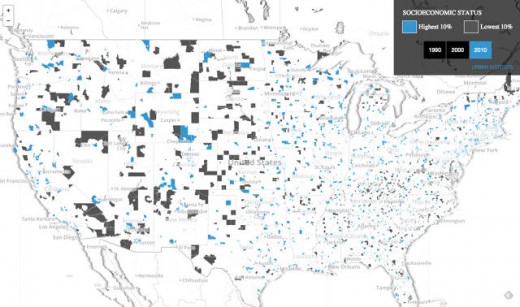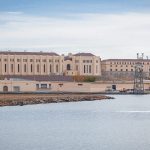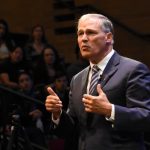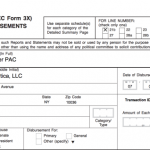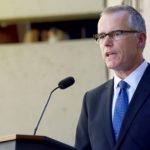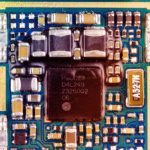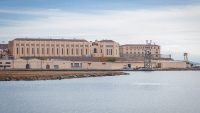Mapping The Ever-increasing Divide Between america’s rich And terrible
The wealthy and bad live farther and farther aside. These segregated enclaves masks how folks perceive inequality and reduce the possibility they are going to overcome it.
July 15, 2015
in the remaining two decades, the U.S. has no longer best change into a more unequal location, it is usually develop into a place the place the richest and poorest are living additional apart. it can be a nation with rising inequality in geography as much as exact earnings and wealth.
you can see as so much from the map accompanying a new document from the city Institute. It displays how the top and bottom 10% of neighborhoods, measured by earnings, schooling, dwelling possession and residential values, are disbursed in commuter zones across the united states.
The file tracks adjustments between 1990 and 2010. Out of 570 commuting zones, inequality grew in 433. in additional than half of of those, income inequality grew principally on account of increases on the prime-end, fairly than decreases on the backside. Washington, D.C. is outstanding in this regard. It saw its purchasing power rise $forty three,000 amongst its richest tracts while its most deprived areas saw incomes upward push only $3,a hundred. The D.C. house also has the three most advantaged neighborhoods within the united states of america: Chevy Chase, in Maryland, where incomes moderate $466,000 a year, and two in neighborhood Bethesda. The least advantaged areas are in Columbus, Ohio, and Memphis, Tennessee.
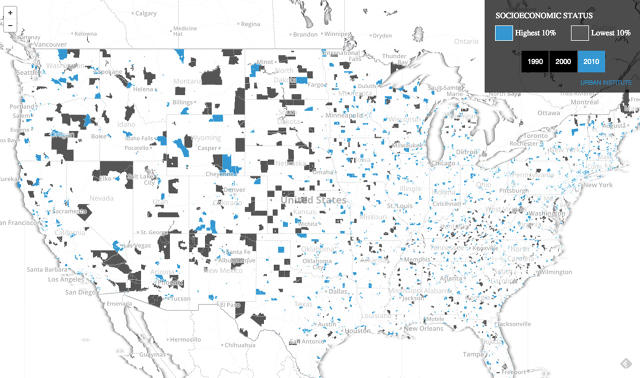
“far and wide the united states considering the fact that 1990, affluent households have moved into new areas on the urban fringe of major cities. over the past twenty years, these top and backside tracts have grown some distance apart both bodily and economically,” the record, written by using Rolf Pendall and Carl Hedman, says.
the way in which individuals of identical socioeconomic backgrounds congregate together exacerbates variations between wealthy and negative and decreases mobility, the authors say. usually, clustering is finest in the suburbs, with probably the most distressed areas within dense urban neighborhoods or low-density rural districts. the greatest differences between wealthy and poor are in cities of five to 10 million folks, whereas the smallest variations are in cities of less than a hundred,000 individuals.
Pendall and Hedman say cities can cut back geographic inequality by way of encouraging mixed-income neighborhoods in significant areas and suburbs, by using limiting “new isolated enclaves of privilege, particularly in regions whose populations are declining,” and with the aid of merely investing extra tools within the nation’s poorest places. without such policies, we might even see now not most effective widening inequality, but also rising variations within the expertise of dwelling in this united states.
[Cover Photo: Slobo/Getty Images]
(109)

